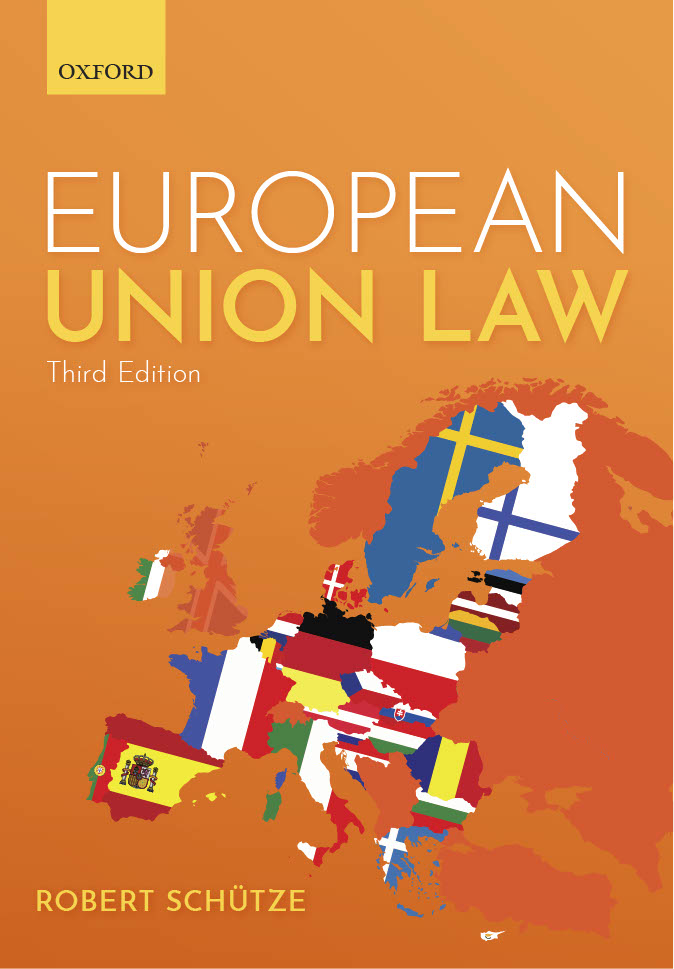Since European law is directly applicable in the Member States, it must be recognised alongside national law by national authorities. And since European law can have direct effect, it might come into conflict with national law in a specific situation. And where two legislative wills come into conflict, each legal order must determine when conflicts arise and how these conflicts are to be resolved.
For the Union legal order, these two dimensions have indeed been developed. In Europe’s constitutionalism they have been described as, respectively, the principle of pre-emption and the principle of supremacy: ‘The problem of preemption consists in determining whether there exists a conflict between a national measure and a rule of [European] law. The problem of [supremacy] concerns the manner in which such a conflict, if it is found to exist, will be resolved.’ Pre-emption and supremacy thus represent ‘two sides of the same coin’. They are like Siamese twins: different though inseparable. There is no supremacy without pre-emption.
This chapter begins with an analysis of the supremacy doctrine. How supreme is European law? Will European law prevail over all national law? And what is the effect of the supremacy principle on national law? We shall see that there are two perspectives on the supremacy question. According to the European perspective, all Union law prevails over all national law. This ‘absolute’ view is not shared by the Member States. Indeed, according to their national perspective(s), the supremacy of European law is relative: some national law is considered to be beyond the supremacy of European law.
A third section then moves to the doctrine of pre-emption. This concept tells us to what extent European law ‘displaces’ national law; or, to put it the other way around: how much legislative space European law still leaves to the Member States. The Union legislator is generally free to choose to what extent it wishes to pre-empt national law within a certain area. However, there are two possible constitutional limits to this freedom. First, the type of instrument used – regulation, directive or international agreement – might limit the pre-emptive effect of Union law. And, second: the type of competence on which the Union act is based might determine the capacity of the Union legislator to pre-empt the Member States.
